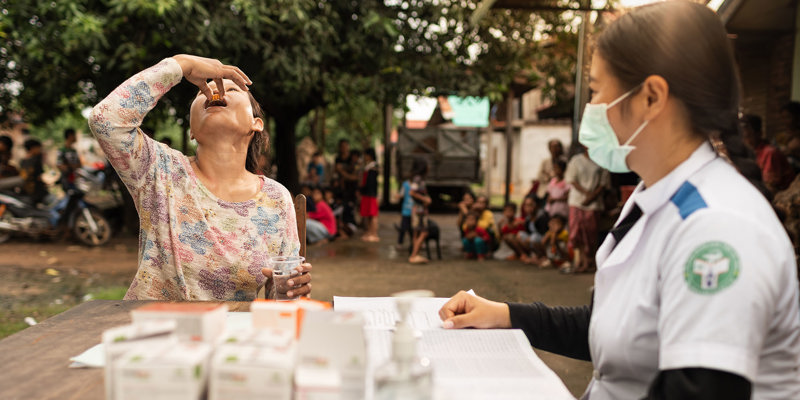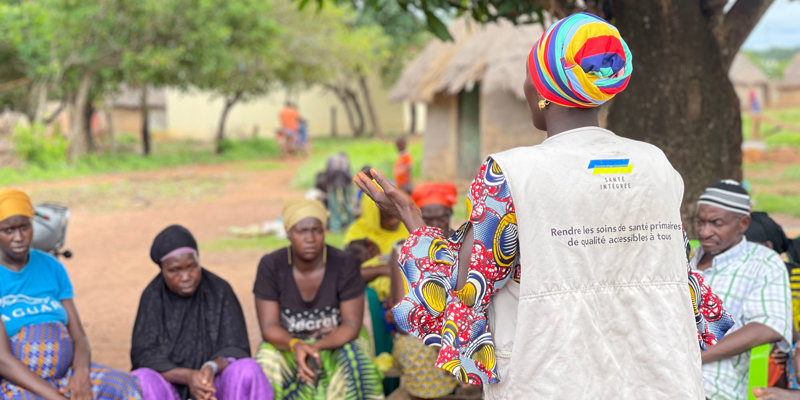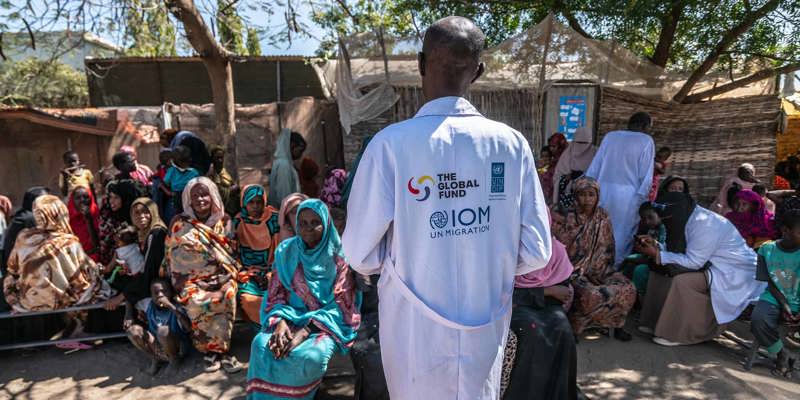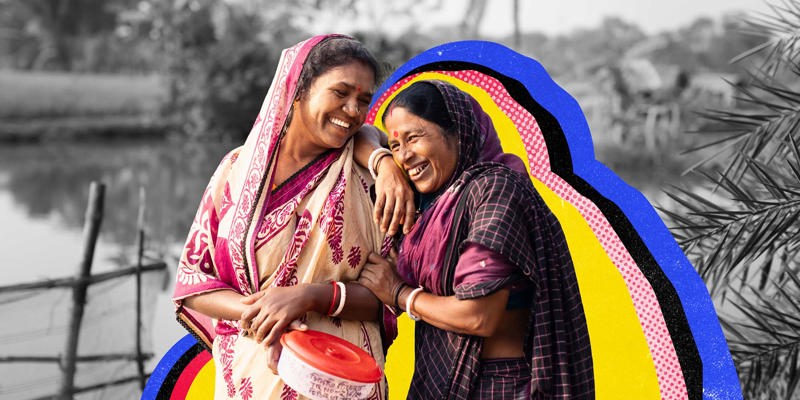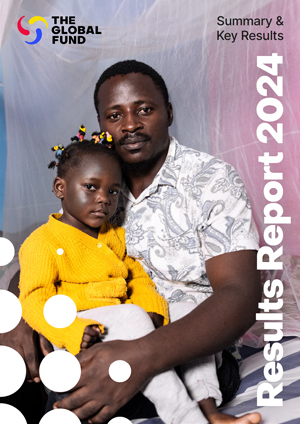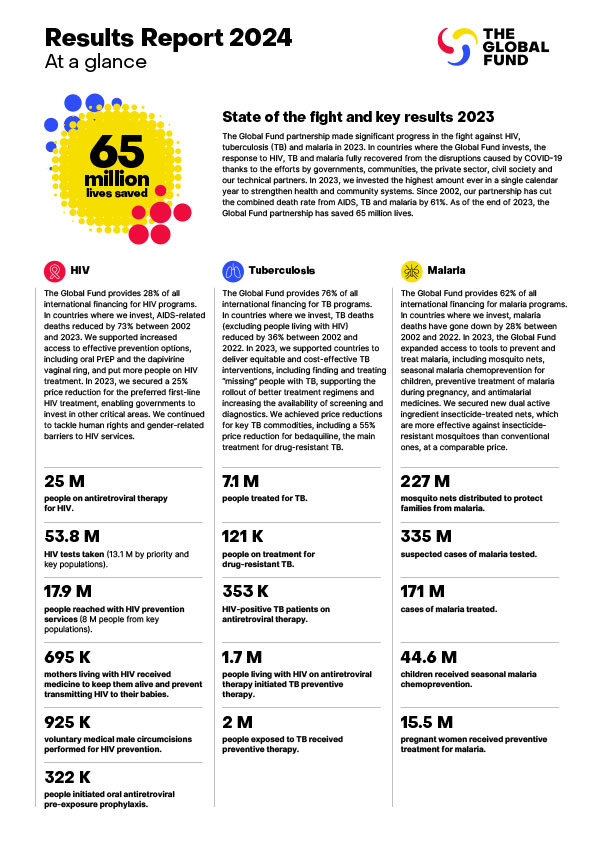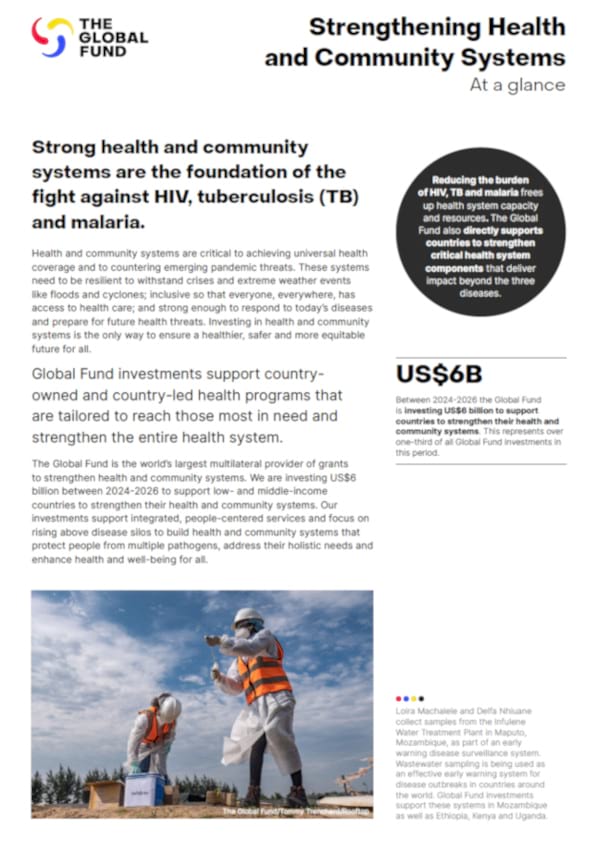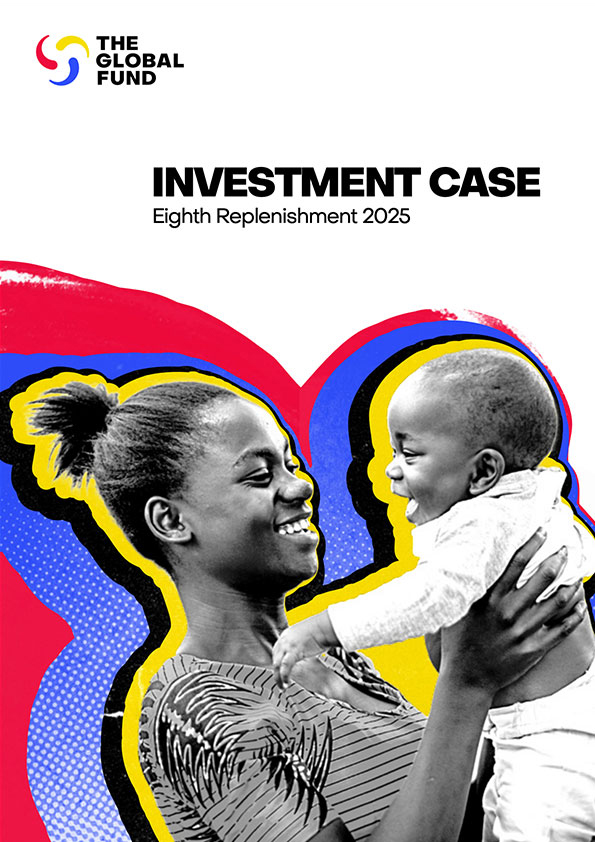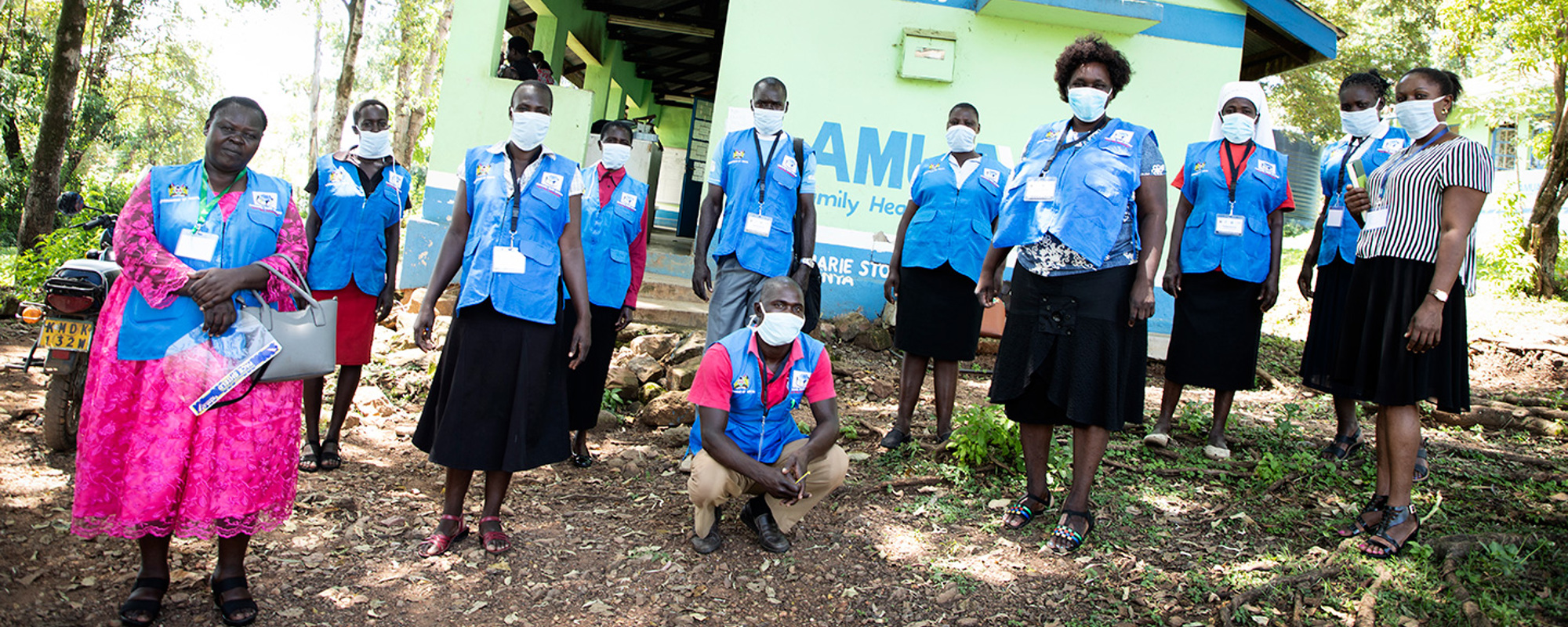

In Kenya, A Chance to See Communities Confront COVID-19
It feels like a year ago now. But it was on 19 March, when I left for my hometown of Nairobi from Geneva, where I live and work. I landed in Nairobi on the morning of 20 March, a week after Kenya had confirmed its first case of the coronavirus and a few days before Nairobi’s airports were closed for regular international passengers.
From the beginning of COVID-19, Kenya and many countries in Africa instituted swift public-health measures aimed at halting the virus. Upon arrival, I was required to offer detailed forms of my travel history, and I was told to self-quarantine for 14 days before returning home to my family. Since March, the Kenyan government has actively encouraged all people to stay home and ordered a dusk to dawn curfew. Travel in and out of Nairobi and other hotspots of the virus have been halted. So I stayed home, only dashing out occasionally to buy groceries.
It was therefore tremendously exciting when in the last week of May I was offered a chance to travel from Nairobi to western Kenya to see the measures that the country was deploying to halt the spread of the virus. I work in global health so I wanted to see the work of community health workers known for fighting malaria now on the frontlines of the fight against COVID-19. From Geneva, to Nairobi to rural Kenya, people have confronted COVID-19 the best way they know how: with high-tech hospital and intensive care facilities, with formal health care systems or with community systems. Kenya’s rural areas are relying heavily on social capital built around community health workers, who are trained to offer basic education and primary care in the fight against infectious diseases. The country is still deep in the woods of the fight against COVID-19, but close to three months after its first case of the virus was recorded, many people here remain hopeful that it will be spared severe devastation. If it does, it is simple solutions – many of them led by communities – that will have come to count.
Aided by a special permit provided through the nongovernmental organization Amref Health Africa, a partner of the Global Fund where I work, I travelled the 350 kilometers to Homa Bay County on the shores of Lake Victoria to witness the work of these grassroot health workers. Along the way, I went through five police checks – one for every time we entered a new province known as a county. At each stop, besides the guns held by the police, there was a different type of a gun – a thermometer – which was pointed at me to make sure my temperatures were within the normal range. Without a favorable temperature reading, I would have been denied the license to pass and would have been ferried to the nearest quarantine center to take my COVID-19 test and await the results before being allowed back on the road.
Arriving in Homa Bay, I saw the power of community systems at work. I met an army of community health workers, who walk home to home testing people for malaria and preparing communities for the arrival of COVID-19. The community health workers have been provided with personal protective equipment on top of malaria commodities to enable them to continue the important work of testing and treating people affected by malaria as well as to offer information on how to prevent the spread of COVID-19.
Organized under a group called Kinda Women Group, the community health workers – most of them women – are trained on screening for COVID-19 and discriminating the disease from malaria. Now armed with face masks and surgical gloves, they integrate COVID-19 related health messages to their malaria briefings in their visits to communities. They also serve as community sentries, looking out for new visitors to their neighborhoods and alerting authorities to take appropriate action to screen and quarantine the visitors.
For an area of about one million people, Homa Bay is doing a great job in stopping COVID-19. At the time of my visit, it had recorded only three confirmed cases of the virus. If more cases arrive here, these workers – who bring access to health care to the homes of underserved rural communities out of reach of bricks and mortar health clinics – are sure to play a critical role in this fight.
These health workers are heroes like Doreen Oruoch, 54, who for the last 10 years has supported about 100 homesteads in the fight against malaria. Doreen is a petite woman who walks fast but speaks slowly and calmly – both traits that may have contributed greatly to her success in community service. She has guided her community in putting up mosquito nets to prevent the malaria and in testing and treating the disease. In those ten years working in this malaria endemic zone, she has not lost a single child under five – the group most vulnerable to malaria. Now she is investing the same passion and some of the skills in preventing the spread of COVID-19 in her village.
In fighting the new enemy, Doreen’s biggest role has been to educate the community to improve hygiene. At the entrance of each of the households she supports, we saw soap and a ten-liter plastic can improvised to spurt water from a sealable nail hole.
As I left Doreen’s village to start my journey through the police checks back to Nairobi, I felt tremendously inspired by her work and the work of other community health workers across sub-Saharan Africa, who are applying hard lessons learnt from fighting killers like malaria to stop the new pandemic.
